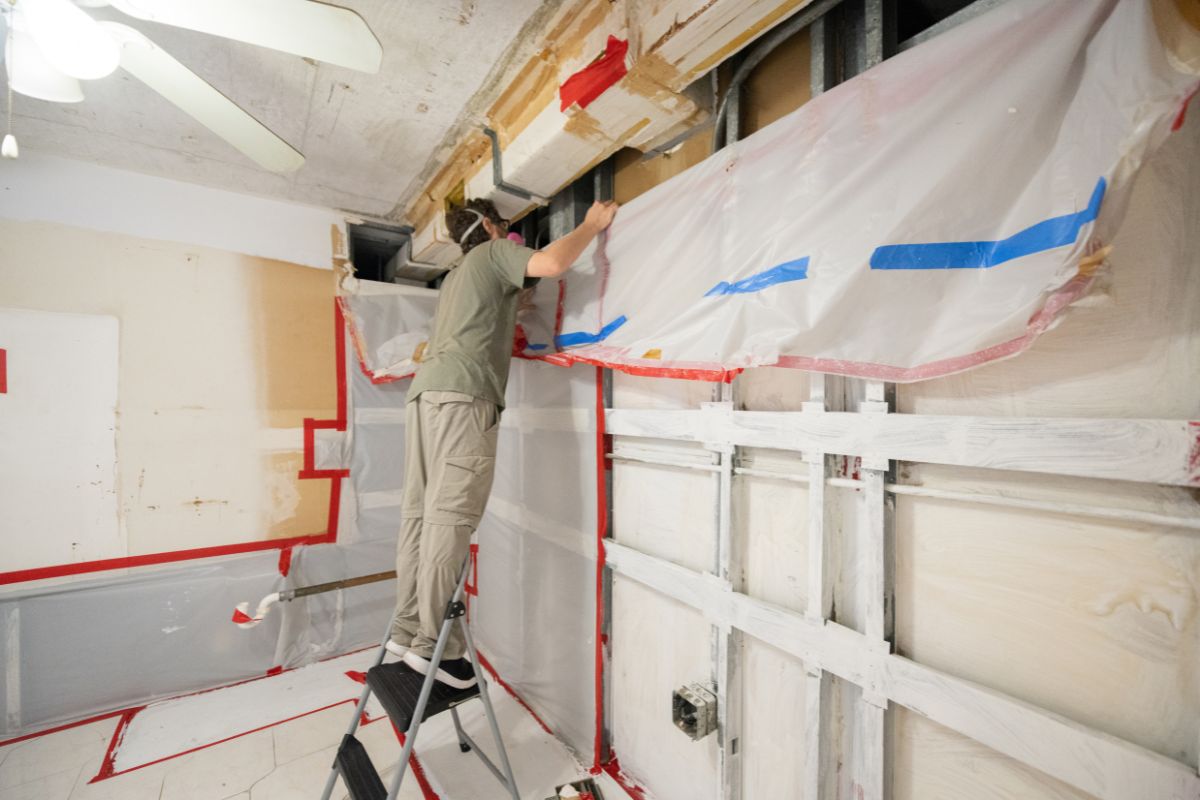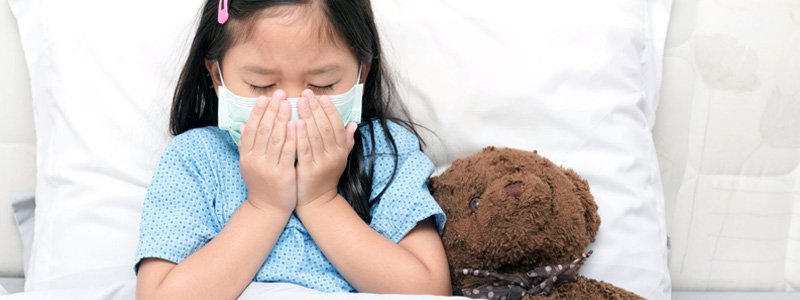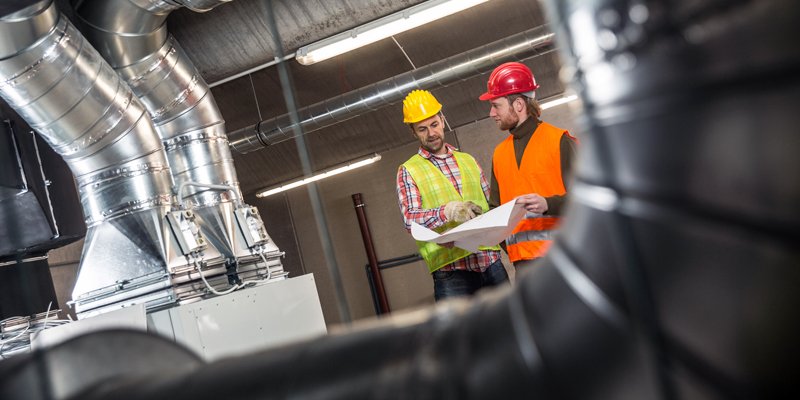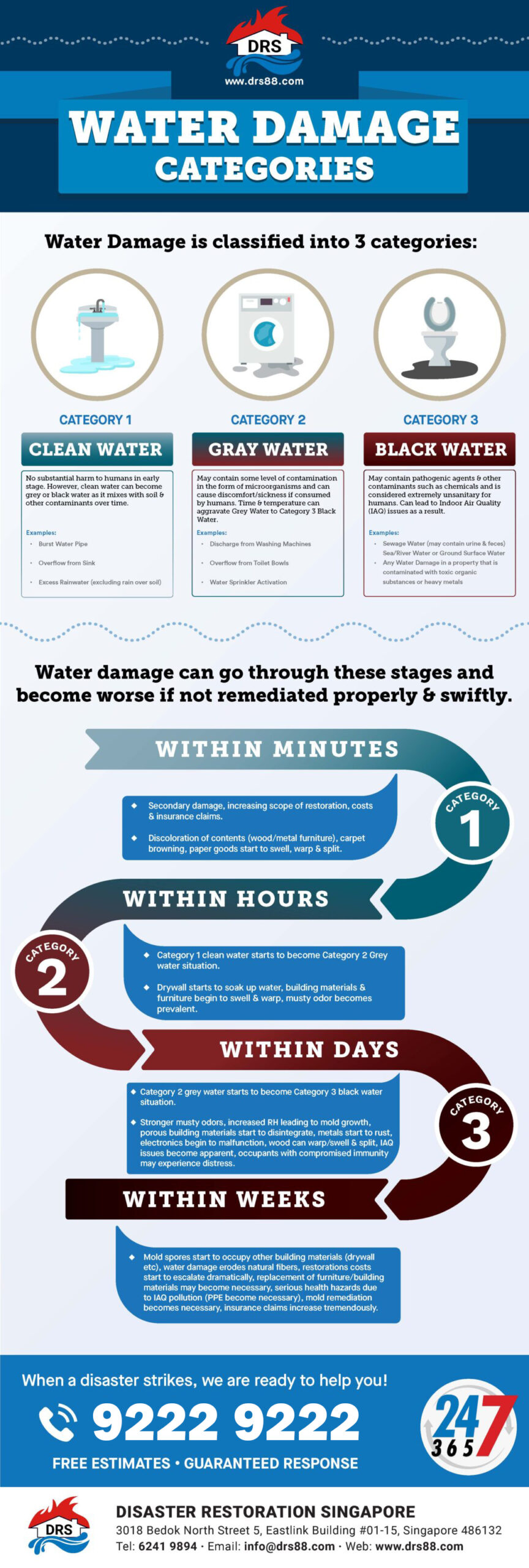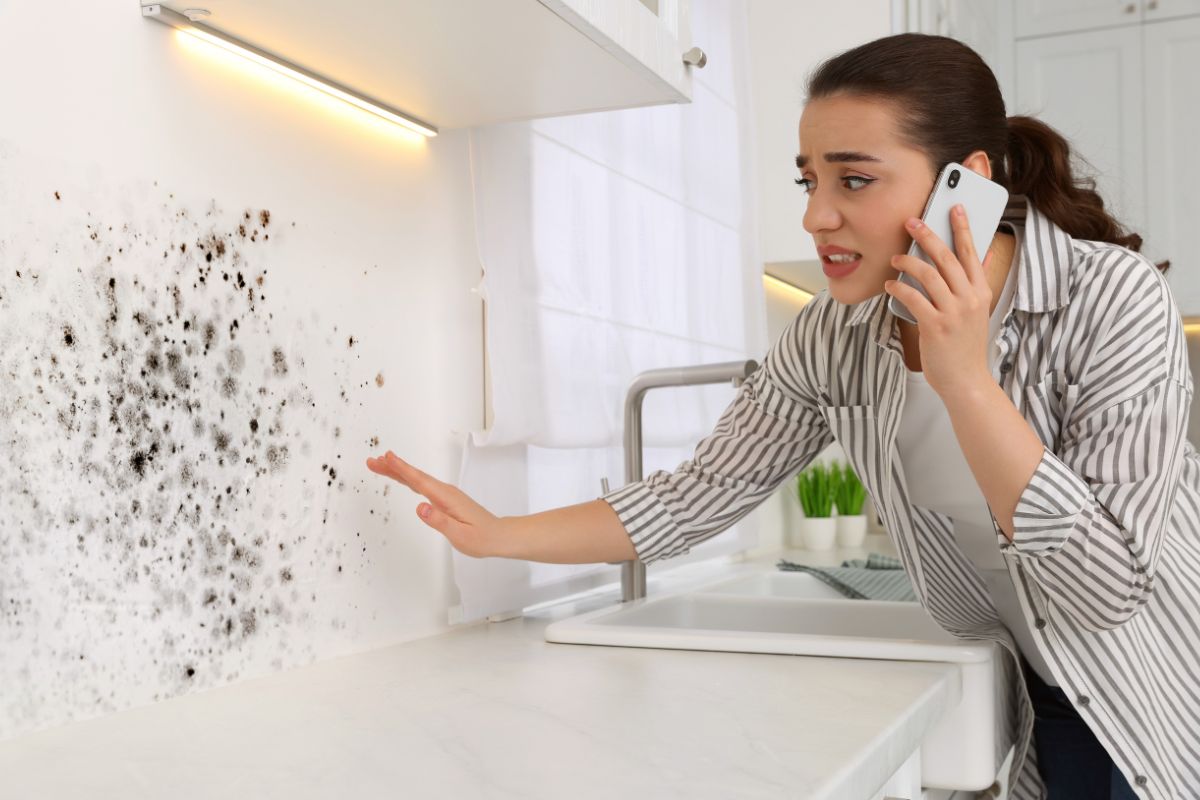
Mold in properties is more than just an aesthetic issue. It’s a common problem that can go unnoticed, yet it significantly impacts both health and the structural integrity of buildings. Recognizing mold early is essential; it allows for timely action, potentially saving property owners from health hazards and costly repairs.
Understanding the signs of mold presence is crucial in maintaining a healthy, safe living or working space. This guide focuses on highlighting key indicators of mold in properties, enabling owners to identify and effectively address this pervasive issue.
Mold Basics: Understanding Its Nature and Growth
Mold is essentially a type of fungus, appearing in various forms such as black, green, or white patches. Thriving in moist and damp conditions, it’s often found in properties where there is excess moisture. This can be due to several factors like leaks, high humidity levels, or areas of condensation. Mold is commonly seen in bathrooms, kitchens, basements, or other places prone to water accumulation. Its presence goes beyond being just a surface issue; it poses potential health risks, making effective mold management vital for a healthy living or working environment.
Read more: Expert Mold Remediation Guide for Homes and Offices in Singapore
Identifying Mold in Your Home: Key Signs to Watch Out For
- Visible Growth: One of the most obvious signs of mold in residential properties is visible growth. This can appear as spots or patches on walls, ceilings, or other surfaces and may come in various colors like black, green, or white. These spots might grow over time or change colors, indicating active mold growth. It’s particularly important to check damp areas, as mold prefers these conditions.
- Musty Odors: A persistent musty or earthy smell is often a strong indicator of hidden mold. This odor is especially noticeable in enclosed spaces like basements, closets, or rooms with poor ventilation. The smell may be more pronounced in humid conditions or during rainy seasons.
- Water Damage: Signs of water damage such as water stains, discoloration, peeling wallpaper, or bubbling paint can often hint at underlying mold growth. Moisture problems, resulting from leaks or condensation, create ideal environments for mold to flourish. Regularly inspect areas around pipes, windows, and roofs for any signs of water damage.
- Health Symptoms: Mold can impact health, especially for those with allergies or respiratory issues. If occupants experience symptoms like sneezing, coughing, itchy eyes, or respiratory discomfort, especially when in certain areas of the home, this could be a sign of mold presence. These symptoms might improve when away from the affected environment, further suggesting mold as a possible cause.
Recognizing these signs early is crucial in preventing the spread of mold and addressing its underlying causes. Regular inspections and addressing any moisture issues promptly can help maintain a healthy, mold-free home environment.
Spotting Key Indicators of Mold in Commercial Environments
In commercial settings, the presence of mold can often be more complex and less apparent compared to residential environments. Identifying mold in these spaces requires a keen eye for specific signs that may affect the larger infrastructure and the health of those within. Here are key indicators to look out for in commercial properties.
- HVAC Issues and Air Quality: Mold in HVAC systems can greatly impact the air quality of a commercial space. Mold spores circulating through these systems can spread throughout the building, leading to a more widespread problem. Regular HVAC inspections are crucial, especially in spaces with high humidity or where temperature fluctuations are common. Signs of mold in these systems might include visible growth around vents or a musty odor coming from the air conditioning units.
- Large-scale Water Leaks: In commercial properties, large-scale water leaks can lead to extensive mold issues, often hidden behind walls or above ceiling tiles. Such leaks provide the perfect breeding ground for mold. It’s important to regularly inspect areas prone to leaks, such as plumbing systems, roofs, and around windows. Signs of water damage, like stains or discoloration on walls or ceilings, can indicate potential mold growth.
- Frequent Allergic Reactions in Occupants: If there is an increase in allergic reactions or respiratory issues among employees or customers, this could be a sign of mold presence. Common symptoms include coughing, sneezing, itchy eyes, and throat irritation. These health complaints, especially if they seem to improve when individuals leave the building, can be a red flag for hidden mold issues.
Understanding these signs in commercial properties is vital for early detection and effective management of mold. Regular maintenance checks, addressing humidity issues, and responding promptly to water leaks are key strategies to prevent mold growth in commercial settings.
Confirming Mold Presence: DIY Detection and Professional Verification
For initial mold detection, homeowners and business owners can use straightforward DIY methods. This involves conducting visual inspections in areas commonly affected by mold, such as damp corners of bathrooms or basements. Using a flashlight can be helpful in spotting mold in less visible areas.
However, there are limits to these DIY approaches. If you discover signs indicating a widespread mold issue, or if the source of the problem remains elusive, it’s essential to seek professional assistance. Mold remediation experts have the necessary tools and expertise to thoroughly assess and confirm the extent of mold presence, ensuring a comprehensive approach to mold management.
The Role of Professional Mold Assessment and Testing
A professional mold assessment goes beyond simple detection. It involves experts using specialized tools to identify mold type, concentration, and the extent of infestation. This process includes both visual inspections and instrument measurements for moisture and air quality.
In both residential and commercial settings, expert evaluation is critical. It accurately identifies the severity of a mold problem and informs an effective remediation plan. This thorough assessment ensures all affected areas, visible or not, are addressed, leading to a more effective resolution of the mold issue.
Deciphering Signs of Mold: Indications of the Infestation Level
Different signs of mold can indicate varying levels of infestation in a property. For instance, small, localized patches of mold often suggest a recent or contained issue, possibly due to a specific source of moisture. On the other hand, widespread mold, especially in multiple locations, may point to a more serious, systemic problem, like pervasive humidity issues or extensive water damage.
Musty odors, even in the absence of visible mold, can indicate hidden growth, potentially within walls or under floors. Finally, consistent health symptoms among occupants, aligned with other signs, often signify a significant level of mold presence, requiring prompt professional attention. Understanding these nuances helps in gauging the severity of the mold situation and the urgency of remediation efforts.
Preventative Measures to Keep Your Property Mold-Free
To prevent mold growth in your property, it’s crucial to manage moisture levels and ensure good air circulation. Here are some effective tips:
- Control Humidity: Use dehumidifiers or air conditioners to maintain indoor humidity levels between 30-50%.
- Ensure Proper Ventilation: Especially in high-moisture areas like kitchens and bathrooms. Using exhaust fans can help.
- Fix Leaks Promptly: Address any leaks in roofs, pipes, or walls immediately to prevent moisture accumulation.
- Dry Wet Areas Quickly: Wipe up spills and dry any wet areas promptly to avoid mold-friendly environments.
- Use Mold-Resistant Products: When renovating or repairing, consider using mold-resistant paint, drywall, and other materials.
Implementing these measures can significantly reduce the risk of mold growth, helping maintain a healthy and safe environment in your property.
Take Action Against Mold: Expert Remediation Services at Your Disposal
Recognizing the signs of mold and taking proactive measures are essential steps in maintaining a healthy, mold-free environment. Early detection and swift action can prevent the spread of mold, safeguarding both the structural integrity of your property and the health of its occupants. Should you need assistance with mold assessment or remediation, Disaster Restoration Singapore is here to help.
Our expertise in handling both residential and commercial mold issues ensures thorough and effective solutions. Feel free to reach out to us for any mold-related concerns or services. Contact us at +65 6241 9443, email us at [email protected], or message us on WhatsApp at +65 9222 9222. Let us assist you in keeping your property safe and mold-free.
